Edições Impressas
25 de abril de 2025
Did you know that… The moon – Level 2
Article published on Joca 240
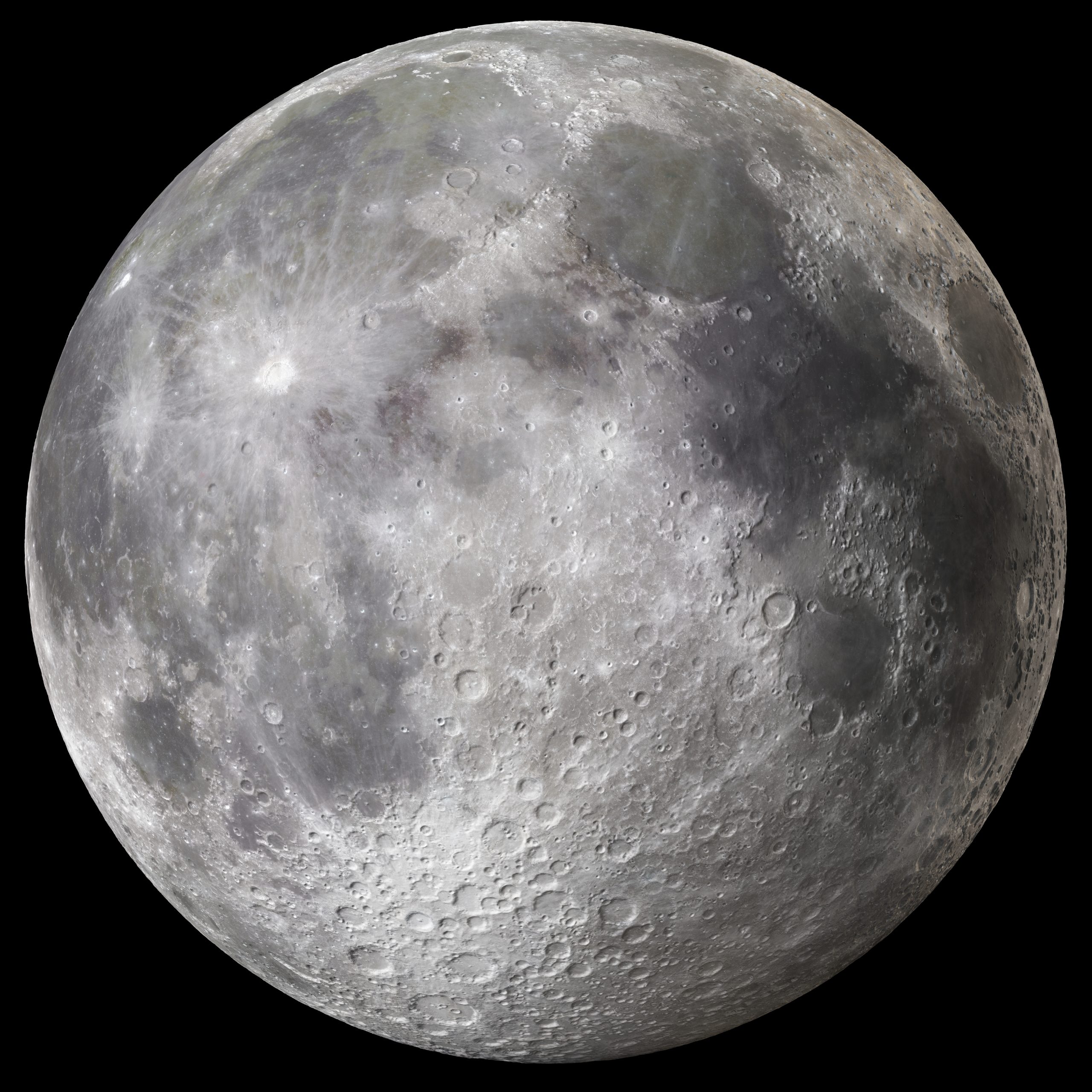
The Moon
…appeared after a celestial body collided with the Earth?
This happened 4.5 billion years ago, and the collision sent debris into space. The debris was attracted by the Earth’s gravity and entered its orbit. Over time, the debris merged to form what is now the Moon.
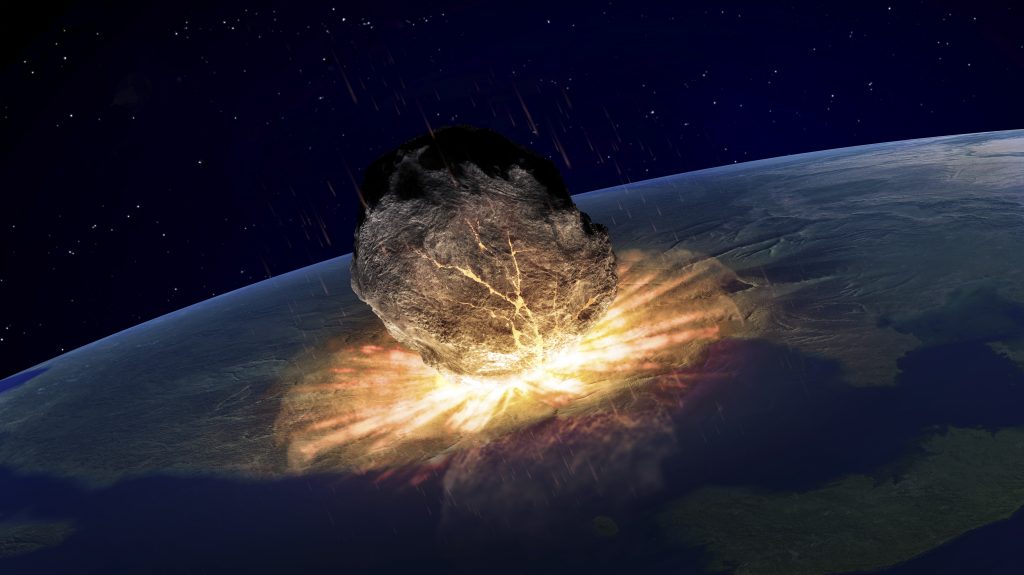
…does not have its own light?
The glow we see is in fact a reflection of the Sun’s light. This reflection together with the Moon’s position while it orbits the Earth is what gives rise to its main phases, which change weekly in the following order: new, crescent, full, and waning. When the satellite is completely illuminated by the sun, for example, we see a full moon.
… the star’s gravity influences tides?
The moon plays a role in the back-and-forth movement of the oceans, which takes place every 12 hours. The physicist George Darwin, Charles Darwin’s son, discovered that the way the Moon’s gravity “pulls” on the Earth’s waters is slowing down its rotation, making the days 0.002 seconds longer each century.
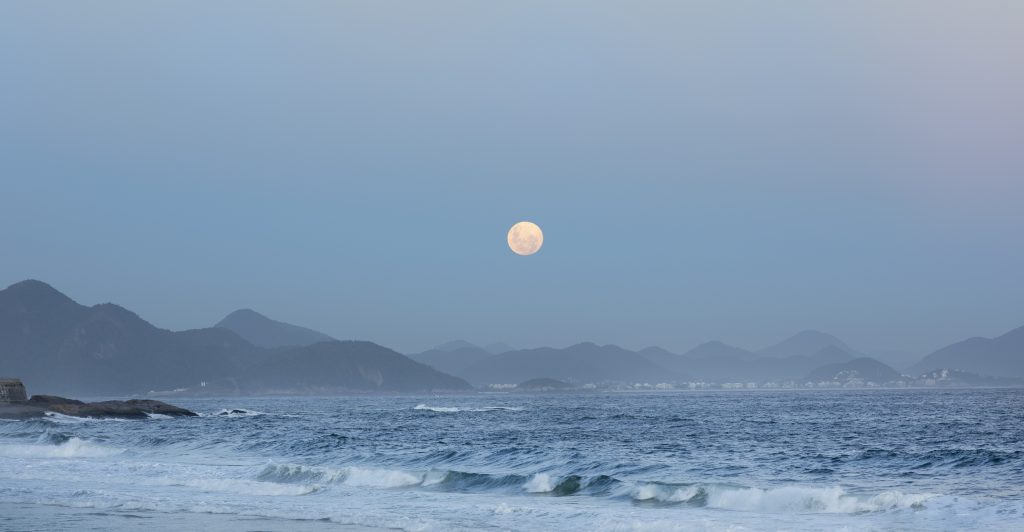
… the moon’s dark spots are called marias?
The name comes from mare, Latin for sea. The dark spots were given this name because in the past scientists thought they were seas. However, there are no seas on the Moon – it was discovered that the spots are in fact areas covered with solidified lava resulting from ancient volcanic eruptions.
Sources: Recreio, Olhar Digital, UFMG, Natural History Museum, and UOL
Ixi! Você bateu no paywall!
Ainda não é assinante? Assine agora e tenha acesso ilimitado ao conteúdo do Joca.
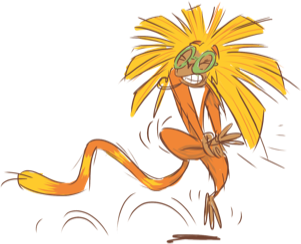
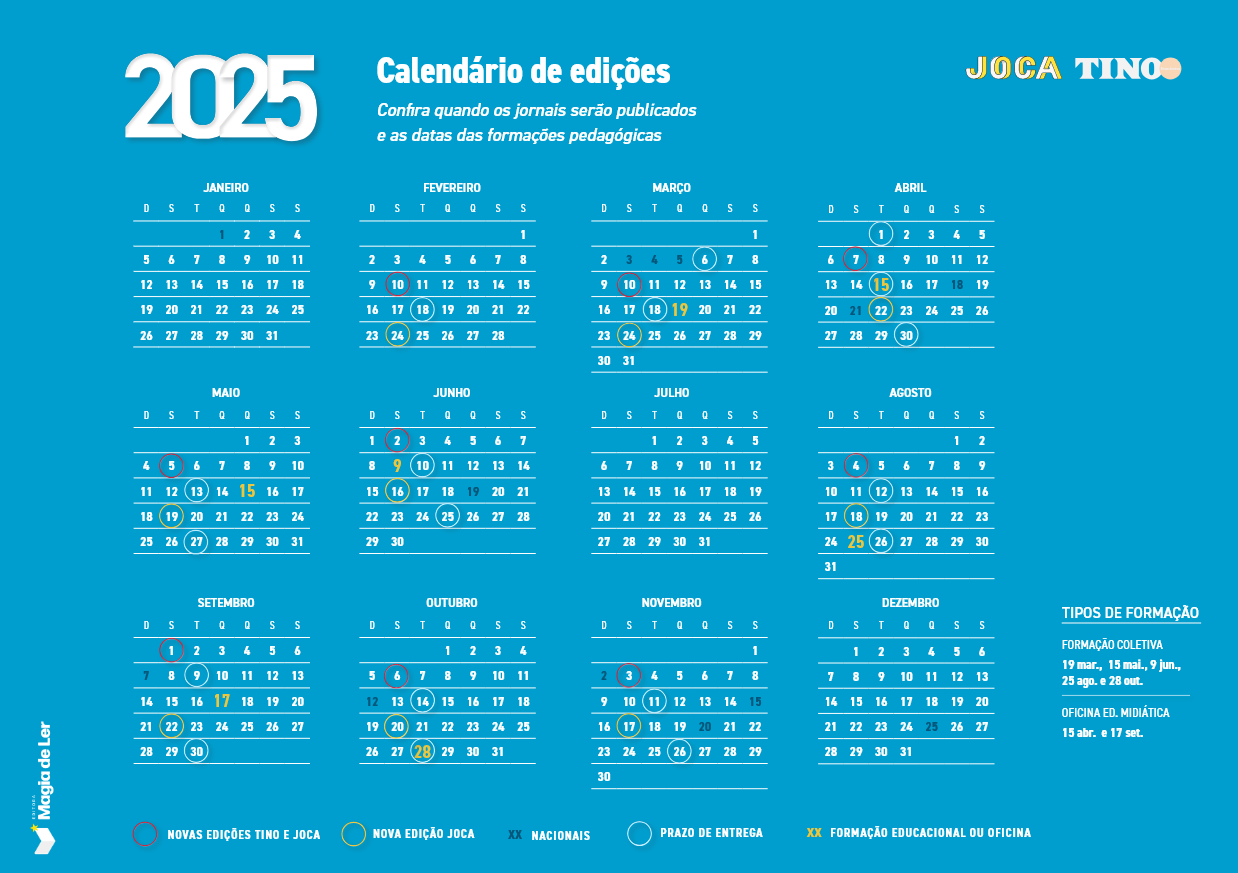
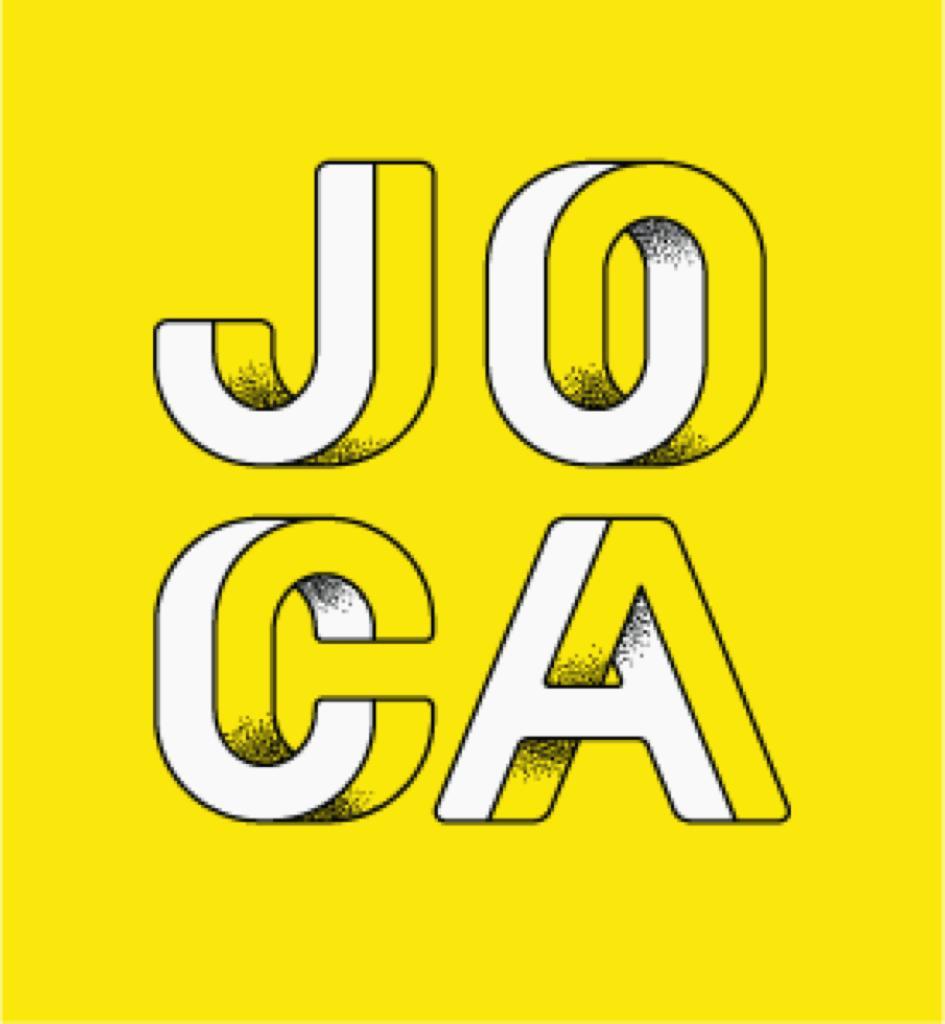


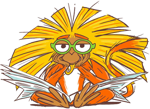

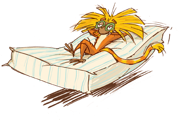
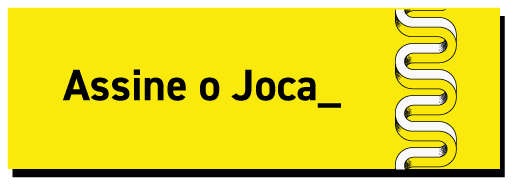


Você precisa fazer o login para publicar um comentário.